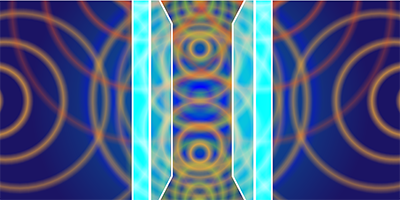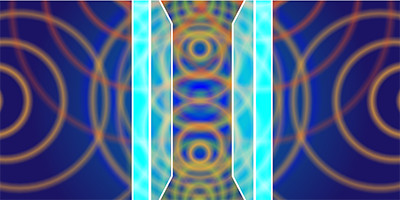A Casimir Effect Caused by Gravity
Two mirrors placed a few nanometers apart in a vacuum experience an attractive force. This so-called Casimir effect is a consequence of how the mirrors perturb fluctuations of the vacuum—a state that, because of quantum mechanics, is far from being empty and instead teems with fleeting electromagnetic waves. The electromagnetic Casimir interaction has been widely documented in experiments, but the phenomenon could, in principle, occur for any quantized field. If gravity truly has a quantum nature, then gravitational waves should also generate Casimir-like forces as they pop in and out of the vacuum. New calculations by James Quach at the University of Tokyo, Japan, suggest that a gravitational Casimir attraction might be observable, provided the two mirrors have the unusual property of being able to reflect gravitational waves.
Conventional solids would be transparent to the gravitational field. But theorists have suggested that superconducting materials may behave differently: the passage of gravitational waves through a superconductor would cause Cooper pairs, which are highly delocalized quantum objects, to move in a different way than the localized crystal ions. This effect, according to a recent proposal, could turn a thin superconducting sheet into an efficient reflector for gravitational waves. Building on this idea, Quach analyzed a scheme in which two films of superconducting lead, each a few nanometers thick, were separated by several micrometers, He calculated the gravitational contribution to the Casimir force that pulls the films together and showed it could exceed the electromagnetic one by an order of magnitude. An experimental realization of his scheme could, he argues, offer a way to test quantum gravity theories and search for gravitons (the hypothetical quantum particles that mediate gravity).
–Matteo Rini
This research is published in Physical Review Letters.





